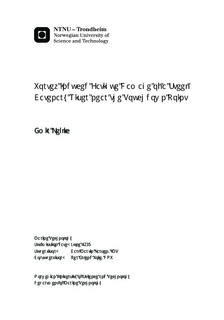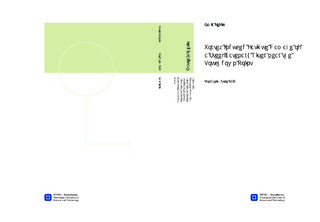| dc.description.abstract | In this thesis, the fatigue damage of a steel catenary riser was investigated, especially in the vicinity of the touchdown point.The steel catenary riser is a promising riser solution due to its simplicity and low cost. This is in particular true if the motions in heave direction are modest. As the offshore industry is moving into deeper waters, riser solutions will need to be designed with high safety, to ensure interests both economically and environmentally. Understanding how the structure reacts to forces from the environment is therefore of great concern. It is experienced that the steel catenary riser will have a noticeable increase in the fatigue damage in the proximity of the touchdown zone. This is the area where the riser has contact with the sea bottom. The sea bottom will impose forces on the riser, and because of the increased curvature of the structure in this area, the stresses will be magnified. This pipe--soil interaction seems to be highly non-linear and it is complex to model the riser realistically in this area.When an ocean current passes the riser, it may form vortices that are shed from both sides of the pipe. If these vortices are shed with a frequency near the natural frequency of the riser, the pipe may start to vibrate. This response is called vortex induced vibration, and the phenomenon is important in riser design. Even if the amplitudes are small compared to vessel induced motions, the high number of cycles may give a significant contribution to the total fatigue damage.In this work, the fatigue damage initiated by the vortex induced vibrations has been investigated, and fatigue analyses of a steel catenary riser have been carried out. In order to perform such analysis taking into account vortex induced vibrations, the computer program VIVANA has been used. VIVANA is an empirical computer program based on experiments and computes the vortex induced response in the frequency domain. In the frequency domain, the pipe--sea floor interaction is modelled with discrete springs at the nodes where the riser touches the ground. However, these springs are not released if the riser is lifted, something which gives non-realistic stresses in the area.An alternative way of analysing the fatigue damage near the touchdown area has been proposed and performed. The analysis was based on floater motion statistics, and simulations were done changing the floater offset. The final fatigue result was found by summation of individual fatigue results for different coordinates of the floater in the XY-plane. The results indicated that the fatigue damage was evenly distributed in the proximity of the touchdown area, and the maximum and overall damage were reduced. | nb_NO |

